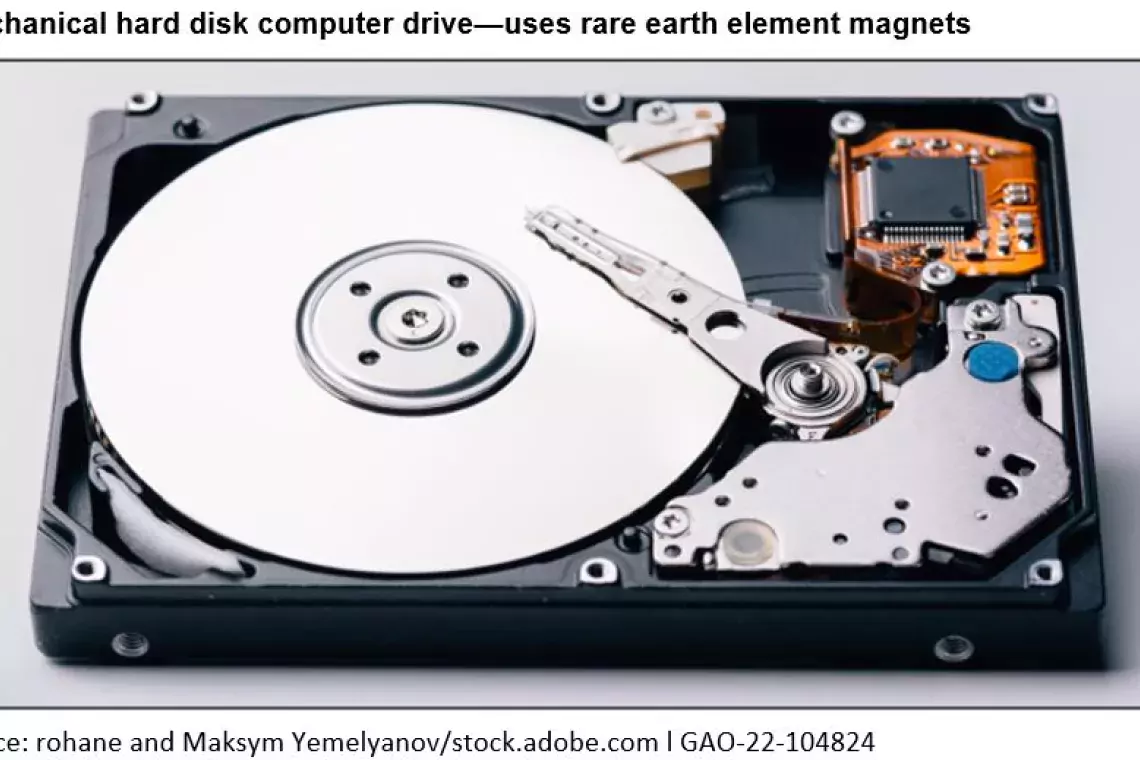Peace and Security in the Congo Has Not Improved with Conflict Minerals Disclosure Rule
For more than 20 years, people living in the eastern part of the Democratic Republic of the Congo (DRC) have experienced violence at the hands of about 120 armed groups and Congolese security forces. Some of these armed groups fund their activities through the trade of “conflict minerals”—specifically tin, tantalum, tungsten, and gold.
Here in the U.S., there are efforts to prevent these armed groups from cashing in on these minerals. One such effort is led by the Securities and Exchange Commission (SEC), which has a disclosure rule about conflict minerals that aims to promote peace and security in eastern DRC.
Today’s WatchBlog post looks at our new report on this effort and whether it has helped.
Armed Group Combatants in the Democratic Republic of the Congo (DRC)
Image

Disclosure rule aims to identify the origin of conflict minerals, but companies may struggle to do so
Nearly 7 million people have been displaced because of violence in the eastern part of the DRC. This violence includes severe human rights abuses, such as attacks against civilians and sexual violence.
In 2014, the SEC began requiring companies to submit annual disclosure reports about their efforts to determine the origin of the four conflict minerals in their products.
Companies are also required to report on whether the trade of these minerals benefited armed groups. The goal was, in part, to help raise public awareness about the sources of conflict minerals, and through that, reduce funding for armed groups and eventually end the conflict.
Tin, Tantalum, and Gold Mining in the Democratic Republic of the Congo
Image

Companies often use supplier surveys, smelter and refiner audit programs, and traceability schemes to attempt to determine the source of their conflict minerals. However, companies have reported facing challenges in verifying the sources of their minerals. For example, companies may have complex supply chains with hundreds of suppliers, which can make it difficult to get information.
As a result, an estimated 62% of companies reported in 2023 that they could not determine with certainty whether the conflict minerals used in their products originated in the DRC or neighboring countries.
Has the disclosure rule improved peace and security in the DRC?
Unfortunately, we found that SEC’s disclosure rule has not helped to reduce violence in eastern DRC. In fact, we found the rule was associated with a spread of violence in certain areas with informal, small-scale gold mines.
Locations of Violent Events and Informal Gold Mining Sites in Eastern DRC, 2010 and 2022
Image

This spread of violence may be, in part, because armed groups have increasingly fought for control of gold mines. Although traceability schemes exist for tin, tantalum, and tungsten—tracing gold is more difficult. Smuggling gold may be attractive to armed groups because it is more portable, valuable, and fungible than the other three minerals.
Even if companies were able to fully trace the conflict minerals used in their products, the SEC rule may not have helped to reduce conflict. Experts told us that minerals are not the primary driver of conflict in eastern DRC, but instead are fuel that sustains conflict. They said that most armed groups initially form because of grievances, rather than a desire to control and profit from minerals. These grievances may stem from ethnic tensions, weak governance, and economic hardship. They may also be influenced by interference from neighboring countries—particularly Burundi, Rwanda, and Uganda.
Depending on the area, the reasons for conflict varies. For example, the November 2021 reemergence of the Rwandan-backed armed group M23 has increased conflict and violence against people living in eastern DRC. Experts said the Rwandan government’s support for M23 is connected to natural resource exploitation, including conflict minerals, and competition with other neighboring countries, especially Uganda.
Given these complexities and the entrenched nature of conflict in eastern DRC, experts said they would not have expected the SEC disclosure rule alone to meaningfully reduce violence.
But the SEC disclosure rule has had benefits. Experts and industry stakeholders told us that the rule has encouraged responsible sourcing efforts and helped make companies aware that their supply chains can affect conditions on the ground. The rule has also raised international awareness about the risks of minerals benefitting armed groups and contributing to conflict in the DRC.
Learn more about this issue by reading our full report on the SEC’s disclosure rule and its impact on DRC.
- GAO’s fact-based, nonpartisan information helps Congress and federal agencies improve government. The WatchBlog lets us contextualize GAO’s work a little more for the public. Check out more of our posts at GAO.gov/blog.
- Got a question or comment? Email us at blog@gao.gov.
GAO Contacts
Related Products

GAO's mission is to provide Congress with fact-based, nonpartisan information that can help improve federal government performance and ensure accountability for the benefit of the American people. GAO launched its WatchBlog in January, 2014, as part of its continuing effort to reach its audiences—Congress and the American people—where they are currently looking for information.
The blog format allows GAO to provide a little more context about its work than it can offer on its other social media platforms. Posts will tie GAO work to current events and the news; show how GAO’s work is affecting agencies or legislation; highlight reports, testimonies, and issue areas where GAO does work; and provide information about GAO itself, among other things.
Please send any feedback on GAO's WatchBlog to blog@gao.gov.


